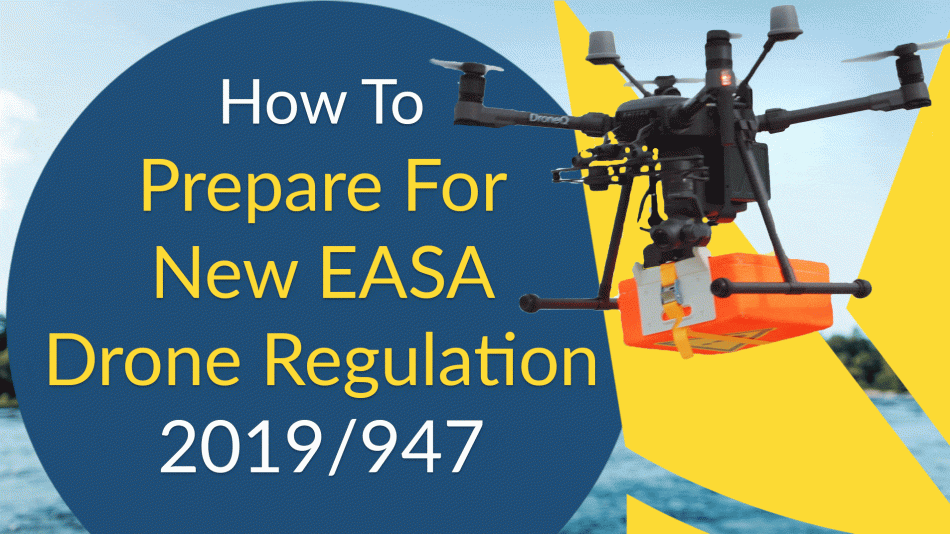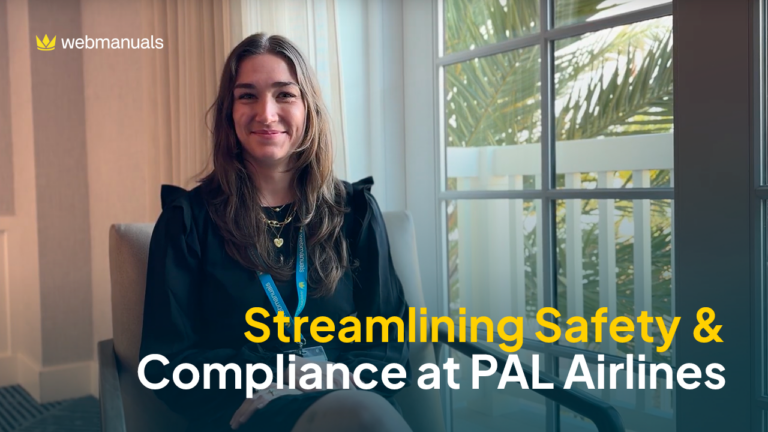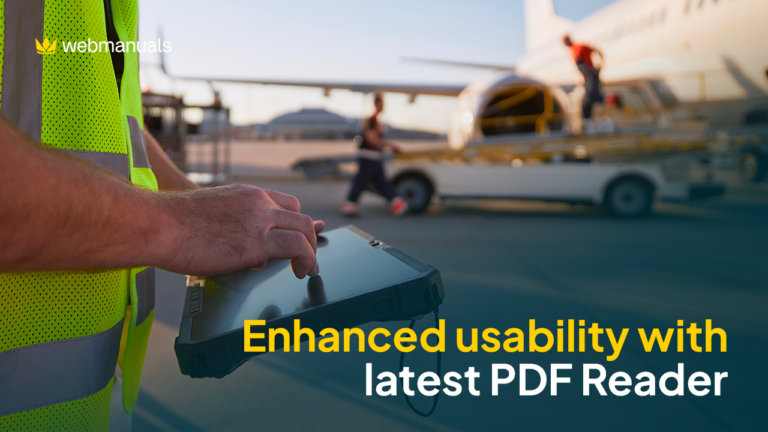Commission Implementing Regulation 2019/947, also known as the new EASA drone regulation, goes into effect on December 31, 2020. This, among other drone-related regulations, make up a bigger, inclusive regulatory framework set to ensure safe, secure and sustainable drone integration across all of Europe.
The new drone regulation 2019/947 consists of both technical and operational requirements around flying drones. Overall, the regulation takes a risk-based approach where drone operations are primarily distinguished by the level of complexity.
Recently, the push for more standardized and controlled documentation has become stronger as individuals and companies continue to set up drone programs for better data, safer working conditions and more profitable operations.
2019/947 Documentation for Scalable Drone Operations
Now more than ever, it is important to adopt a document management system to take control of the documentation process and establish compliance monitoring for safe and scalable operations under 2019/947.
Depending on the level of operational risk, different levels of documentation are needed. We recommend all drone operators with commercial intent to develop process-driven documentation, regardless of category.
When an operator’s documentation is process-driven, it means that the documents are maintained in an interlinked and structured manner. Changes to a process, regulation or procedure should, without delay, be reflected in the documentation. Enabling easier document publishing and oversight allows drone operators to scale at a fast pace while maintaining the correct safety documentation.
This article outlines how the need for documentation relates to the complexity of drone operations.
2019/947 – Open Category
The 2019/947 open category applies to all low-risk drone operations. Under the open category, the registration of pilot and drone is mandatory. That will say, almost everyone flying a drone needs to register, regardless of whether the flying is for leisure or commercial intent.
According to EASA, drones operating in the 2019/947 open category include:
- Those privately built
- Those placed on the market before 1 July 2022
- Those with class identification label between C0 – C4 (as determined under 2019/945, starting 2023)
As you can see, these range as openly as the category name implies. Fortunately, the operational range is a tad more specific:
- under 25kg;
- within line of sight;
- under 120 meter.
Hence, in these three criteria, the human factor is disregarded. To combat risk to people, 2019/947 open category is further divided into three subcategories based on operational intent:
- A1: fly over people
- A2: fly close to people
- A3: fly far from people
Once drones with class identification labels, as set out in 2019/945 go to market, the following drone requirements will also come into place:
- A1: reserved for C0-C1
- A2: reserved for C2
- A3: reserved for C3-C4
However, these are not expected to become available until 2022 and enforced in 2023.
Open Category Applicability
While these changes can seem complex at first for individuals, the applicability is simple. In essence, register both yourself and your drone appropriately, follow the rules and document everything!
For the single pilot or lighter organisation flying drones in the open category, we recommend that you log your flights in an application such as AirHub. In this application, you can review any airspace and weather restrictions and ensure consistency of operation through digital checklists.
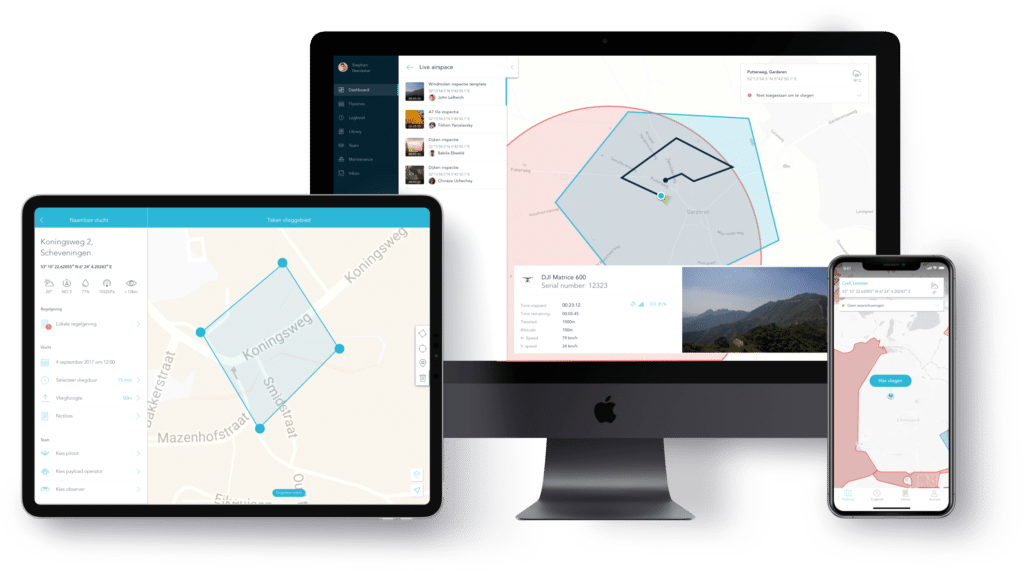
2019/947 – Specific Category
The 2019/947 specific category covers riskier operations where much greater emphasis is put on operational documentation. This is where most enterprise solutions and business cases fall under. These types of operations require operational authorisation from national competent authority before starting the operations.
Under the 2019/947 specific category, the drone operator should ensure:
- Well-developed operational procedures
- Proper competency training
- Comprehensive risk assessment
- Streamlined operational authorisation
- Controlled documentation processes
This is just a rough summary of necessary steps needed to undertake drone operations under the 2019/947 specific category.
The specific category covers those operators where any aspect of the drone operations extends outside the scope of the open category. To operate in the specific category, there are three paths forward based on level of complexity.
Path 1: Standard Operating Procedures (STS)
If the drone operations fall under one of the Standard Operating Procedures (SOPs), the operator can send a basic declaration to authorities and wait for its confirmation. Once confirmed, the operator needs to develop a comprehensive operations manual, as set up in Appendix 2020/639.
The two standard operating procedures (SOPs) are:
Standard Scenario 1: visual-line-of-sight (VLOS) operations with a maximum height of 120m and a C5 class identification label in populated areas.
Standard Scenario 2: beyond-visual-line-of-sight (BVLOS) operations with a maximum of 2km range from the remote pilot with the presence of airspace observers using a C6 class identification label.
Path 2: Risk Assessment of Intended Operations (SORA)
If intended drone operations fall outside the published SOPs, a risk assessment needs to be developed. EASA has published some pre-defined risk assessments (PDRA) where the drone operators follow instructions how to conduct a limited risk assessment. These can be found as Guidance Material under Drone Regulation 2019/947.
However, for more complex operations, a full risk assessment by the SORA methodology is needed. In these assessments, all risk is identified and mitigated. Details of the Acceptable Means of Compliance can be found under Article 11 in 2019/947.
Our partner AirHub has developed an online SORA Tool to assist you in this risk assessment process and to identify requirements for the crew, UAS airworthiness, operations manual and other required documentation. Developing such documentation requires a high level of drone and safety expertise. That is why it is important to enlist the services of a subject-matter expert.
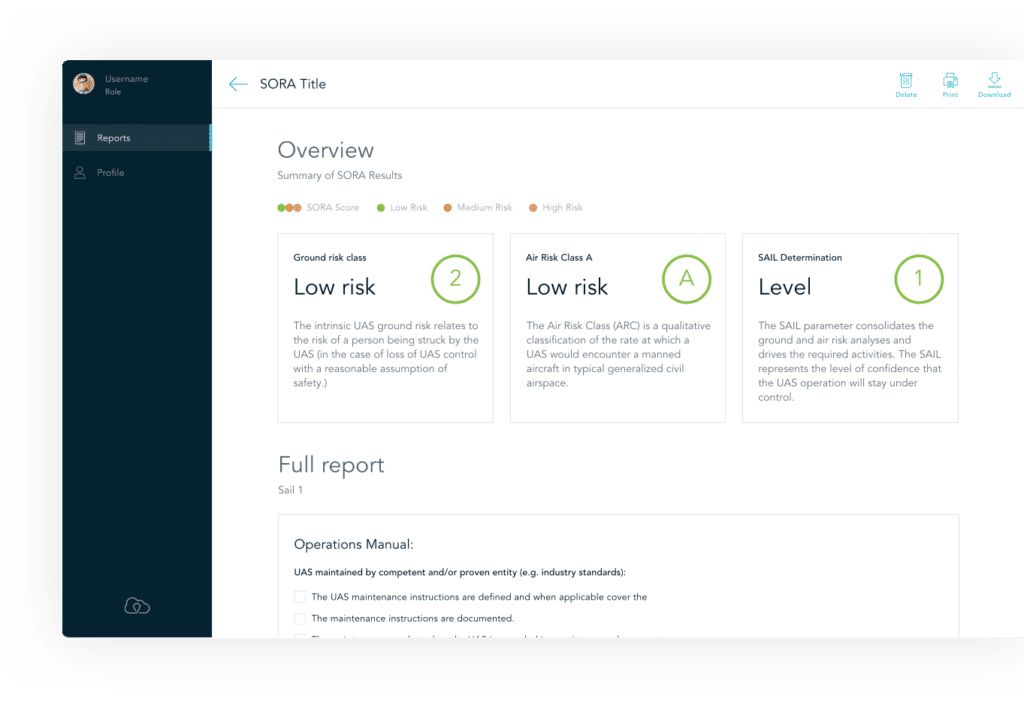
Path 3: Light UAS operator certificate (LUC manual)
The third way to become certified is by showing compliance with Subpart C in Drone Regulation 2019/947. In addition to proving your safety commitment and advancing as a compliance leader, a Light UAS operator certificate also enables you to self-assess and self-authorise your operations.
In order to receive a Light UAS certificate, the operator needs to develop a LUC manual including:
- The management, organisation and responsibilities
- The Safety Management System (SMS)
- The Compliance Monitoring program
- The scope and process of internal authorisation
- Specific Operations Risk Assessment guidelines
2019/947 – Certified Category
The 2019/947 certified category covers the riskiest of drone operations. In these cases, the level of risk is so high that regulations under the certified category resemble, and in some cases exceed, those of manned aviation. Amending regulations as such, including type certificate and certificate of airworthiness, is a major task and therefore does not expect to be published until mid 2021.
So far, the following use cases have been identified under the certified category:
- Drone package delivery services in urban or rural environments using pre-defined routes in Airspace with U-space services.
- International flight of certified cargo drone in instrumental flight rule (IFR) and Airspace Class A-C.
- Air-taxi with pilot on board (phase 1) and without pilot on board (phase 2).
Inevitably, the importance of safety and compliance under the new EASA drone regulation 2019/947 certified category is extremely high. Safety management has to be top priority on all operational levels and compliance leadership is imperative.
Web Manuals Drone Community
Web Manuals supports more than 340 manned operators worldwide, including some of the most prominent companies in the unmanned space, such as UAV Factory and Matternet. In addition, we have partnered with important key players such as AirHub and Andoya Space Center to provide subject matter expertise in all areas of drone regulations and documentation.
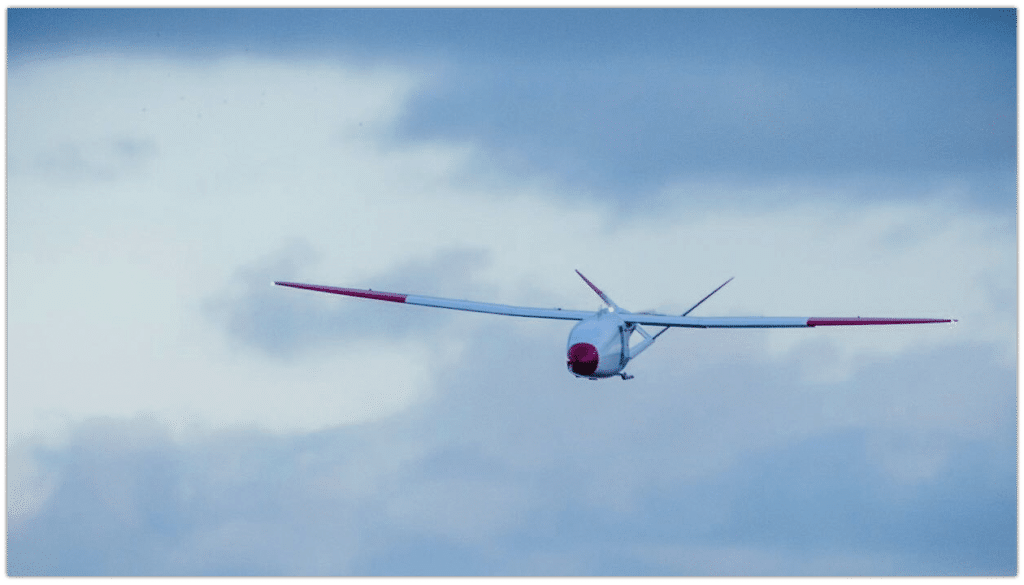
Suggested Paths to Compliance under 2019/947
For all three categories, Airhub can be used to plan and log flights – the most fundamental requirement for the hands-on operating of drones.
In terms of staying compliant with the new EASA drone regulation 2019/947 and ensuring safe flights, the following options are available:
- Open: Follow the instructions coming from the manufacturer and keep an eye on regulations as they evolve, through EASA’s website or drone-related news outlets.
- Specific: At the low-complexity end of the specific category, we recommend you to enlist the services of a subject-matter expert to help you send in your declaration and set up a basic operations manual. At the high-complexity end, we recommend you to both use a capable documentation and compliance management solution such as Web Manuals, and subject-matter expertise on how to set up proper documentation for your organization.
- Certified: This is the highest level of complexity, and as such, it calls for equivalent documentation as in the manned sector. Use Web Manuals to deliver on compliance requirements, make sure pilots understand their practical applicability, and automatically raise flags when regulations change.
Start Now!
The new EASA drone regulation 2019/947 goes into effect on the last day of 2020 and opens up for registration on the first day of 2021. The transitional period will end on the first day of 2022 and non-compliant operators will start procuring legal problems by 2023.
It may seem like years ahead now, yet it will be here before we know it. Now is not a time to become stagnant to change and fall short as your competitors pave the way. Every day without proper documentation is a bottleneck for your growth.

